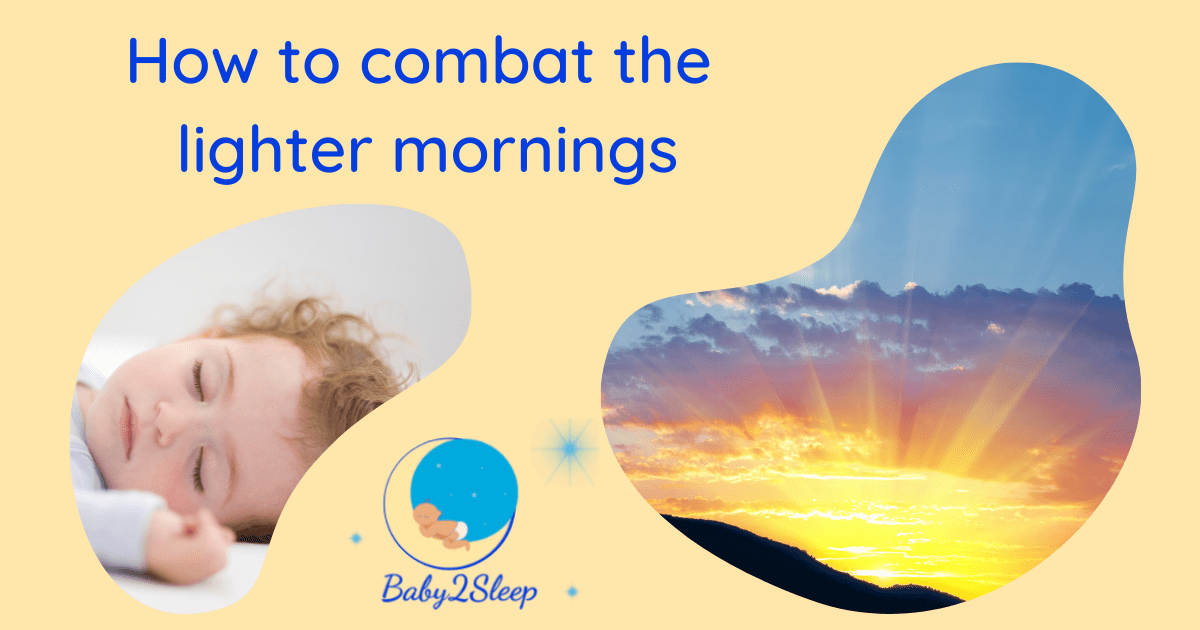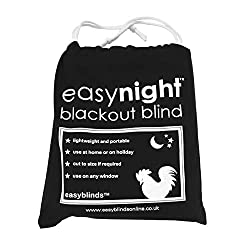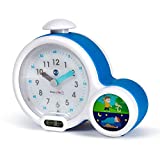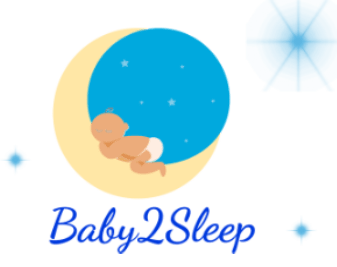
Help your child adapt to the lighter mornings and get more sleep
Adapting to Lighter Mornings
Disclosure: This post contains affiliate links. You can click on any of the images to purchase the item. If you do then I will earn a commission, but these are still the products that I would recommend.
We’ve had the longest day this week, and, as you have probably noticed, the sun comes up very early right now.
It’s understandable that our babies and toddlers might mistake this as a sign that it’s time to get up, so here are some top tips to help them to stay asleep a bit longer.
I hope they will allow you to get a little bit of extra sleep too.
If you need help with adjusting your little one’s sleep cycles right now, take a look at our online sleep plans with optional support package. You don’t have to shell out for one-to-one support, but you can still get targeted help for your specific needs.
So the mornings are much lighter now and our little ones wake up. They see the sun glowing through the window and they think it’s time to get up. They can’t tell the time. So they’re looking at what’s around them and they’re thinking, “yeah, this is time to get up” and they waste no time in telling us so.
We’re going, “are you kidding me? It’s four o’clock in the morning! Go back to sleep!” Or is it just me?
Babies and toddlers haven’t got a clue about time – four o’clock means nothing to them. So what can we do to help our little ones sleep while those mornings are lighter?
Blackout Blinds
Firstly, there are various types of blackout blinds that you can get and you don’t have to spend a fortune on them. You don’t need to buy fitted or made-to-measure blackout blinds to help your baby sleep. You can get blinds that are as simple as putting some Velcro on the frame and the Velcro on the back of the fabric, then you put it all around the side, and that’s it – easy to take down, easy to put up. Fantastic!
The EasyNight blackout blinds are the ones I use, and I think they’re fantastic. The Velcro ones are much better than the ones with the suckers because the ones with the suckers let a bit of light in at the corners, whereas with the Velcro ones, you can literally seal off everything. Absolutely incredible.

Sleep Clocks
If you have a toddler, they might understand the concept of daytime and nighttime, but they can’t tell the time yet, so sleep clocks may be one way to help them understand this.
There are a variety of sleep clocks out there, and my favourite has to be the Claessens kids sleep clock. I know some other ones have come out recently, but I haven’t tried them yet. But the reason I like the Claessens sleep clock is it’s not very bright and also it’s simplistic, in the sense that it shows either rabbit’s awake, or rabbit’s asleep.

Claessens sleep clock with batteries – great for travelling

Claessens sleep clock with clock face – good for older children who are starting to learn about time
It’s really easy, and it’s not too bright, you can have an alarm on if you want or you can turn it off. So it’s literally just rabbit’s awake, rabbit’s asleep, it’s not noisy and it’s cute and they do different animals too.
If you’re looking for a simplistic clock, that’s the one to go for, in my personal opinion.
The most popular sleep clock is, of course, the GroClock. I used to have one of these – the good thing with the Groclock is it counts down the stars until morning. The problem I had, is that they’re really quite bright. The number of times I walked into my little girl’s room at 3 in the morning and it was just too bright and it kept her awake.

I ended up buying a different clock, but if you do have a Groclock already and you don’t want to replace it, I have a hack to reduce the brightness, which is to use red filter gel. This is the stuff that photographers use on lighting in the theatres and cameras. So you know that withstands heat, and you can sellotape it around your clock,

It gets rid of the stars on the Groclock, so you can’t see them counting down. But it does make it more simplistic. So blue is nighttime, then when the sun is up and it’s orange, that’s morning. It’s not as fun, but it still works.
The simplicity of a sleep clock is great for younger children – it’s one or the other, night or morning, they can grasp that from about 19 months. And that’s really going to help when you’re talking about early rising because they have absolutely no idea if it’s morning or not. They’ve just woken up and they could wake up at two o’clock in the morning.

And so what we’re doing is we’re saying to them, “OK, rabbit’s asleep, it’s still Night-Time or it’s still blue, it’s Night-Time.” And we’re helping them understand that actually that particular image that they’re seeing means it’s still time to sleep. And then when it’s morning (and you have control of what time you set to be morning), you can then say, “look, rabbit’s awake, it’s time to get up, or it’s orange, the sun’s up, time to get up – they can understand that then.
So as they get a little bit older or they get used to it, if they wake up and they see that that sun isn’t out or that the rabbit is still asleep, they then know that actually, it’s still time to go back to sleep because they’re not going to be able to tell the time for another few years yet.
So you can use both of these things to help you cope with the lighter mornings over the summer. I hope you find them helpful.
Sorry, the comment form is closed at this time.


Pingback: How to help your child adapt to the Spring Clock Change - Baby 2 Sleep